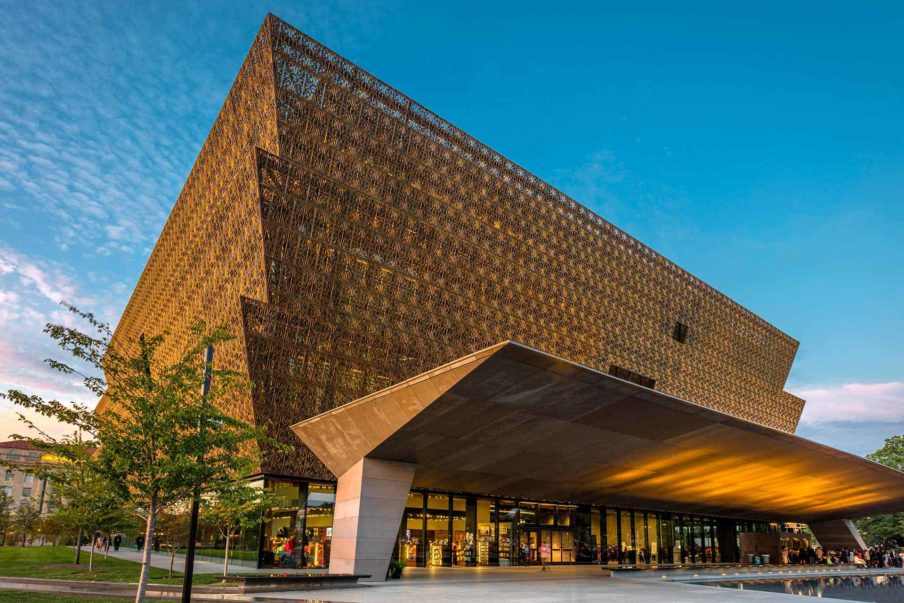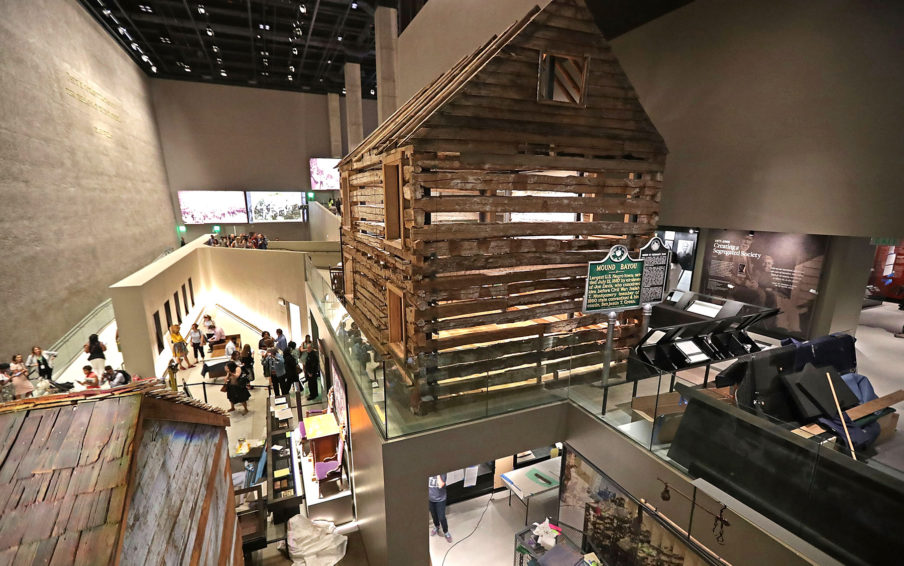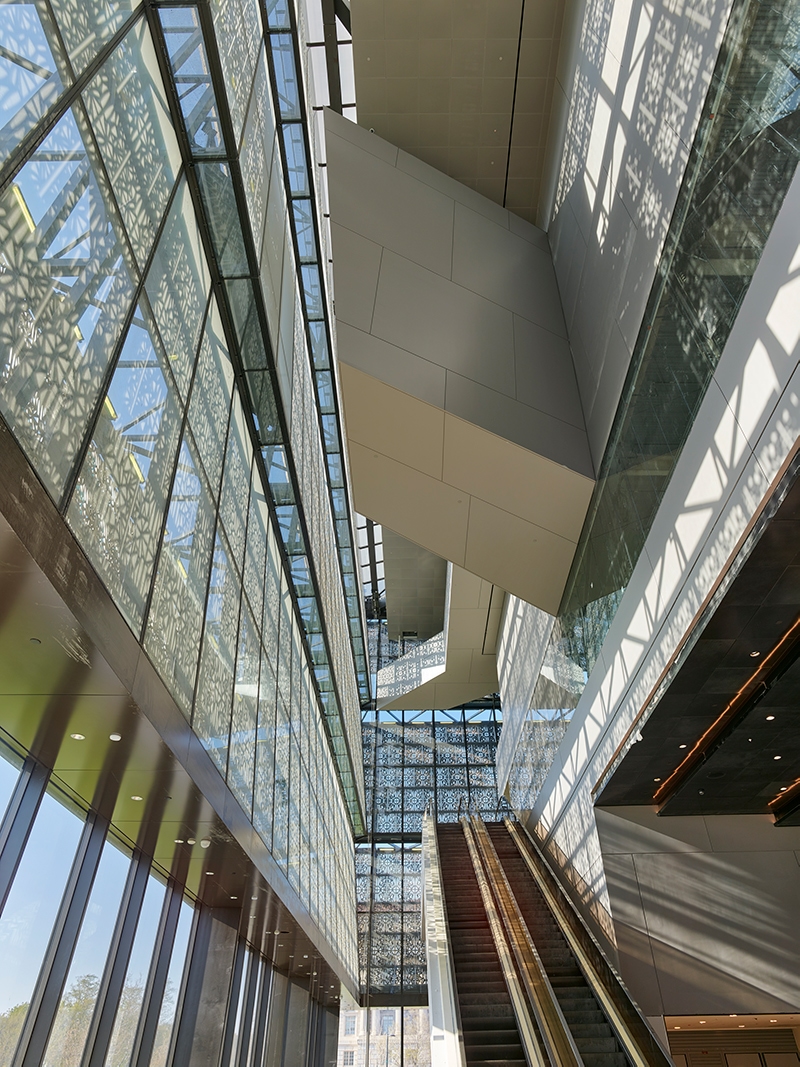National Museum of African American History and Culture


Photo: Chip Somodevilla / Getty Images

Interior hall
Photo: Alan Karchmer, Smithsonian
Source
Mabel O. Wilson, Begin with the Past: Building the National Museum of African American History and Culture, Washington, DC: Smithsonian Books (2016), 9.